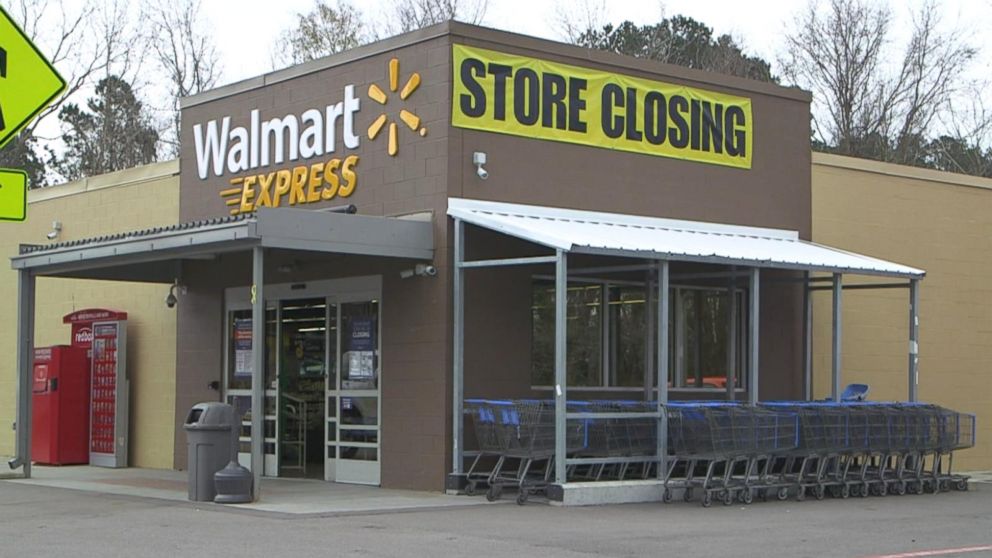Introduction
Walmart, the world’s largest retailer, has been a cornerstone of the retail industry for decades. With its sprawling network of stores across the globe, Walmart has been synonymous with convenience and affordability. However, in recent years, there has been a notable trend of Walmart store closings, raising questions about the future of the retail giant and its impact on communities.
Reasons for Walmart Store Closings
Economic Factors
The decision to close Walmart stores is often driven by economic factors such as declining sales, rising operational costs, and changing market dynamics. In some cases, stores may become financially unsustainable due to factors beyond Walmart’s control, such as fluctuations in local economies.
Competition from Online Retailers
The rise of e-commerce giants like Amazon has posed a significant challenge to traditional brick-and-mortar retailers like Walmart. As more consumers turn to online shopping for convenience and variety, Walmart has faced increased competition, leading to the closure of underperforming stores.
Shift in Consumer Behavior
Changing consumer preferences and shopping habits have also contributed to Walmart store closings. With the growing popularity of online shopping and digital payment methods, traditional retailers must adapt to meet evolving customer expectations or risk losing relevance.
Impact of COVID-19 Pandemic
The COVID-19 pandemic accelerated existing trends in retail, forcing Walmart and other retailers to rethink their business strategies. Lockdowns, social distancing measures, and shifts in consumer behavior have all had a profound impact on retail operations, leading to store closures and changes in business models.
Effects on Employees
The closure of Walmart stores has significant implications for employees, including job losses, changes in employment status, and potential relocation or transfer opportunities. While some employees may receive severance packages or assistance with finding new employment, others may face uncertainty and financial hardship.
Impact on Communities
The closure of Walmart stores can have far-reaching consequences for the communities they serve. In addition to job losses, store closures can lead to reduced access to essential goods and services, particularly in rural or underserved areas. Furthermore, the closure of a major retailer like Walmart can have a ripple effect on local economies, impacting small businesses and suppliers.
Response from Walmart
Walmart has responded to the challenges posed by store closures with a combination of strategic decisions and public statements. The company has emphasized its commitment to supporting affected employees and communities while also exploring new opportunities for growth and innovation.
Future of Walmart
Looking ahead, Walmart faces both challenges and opportunities in a rapidly changing retail landscape. The company is investing in digital transformation initiatives, expanding its e-commerce capabilities, and exploring new markets and business models to remain competitive in an increasingly digital world.
Conclusion
In conclusion, Walmart store closings reflect broader shifts in the retail industry driven by economic, technological, and societal factors. While the closure of stores can have significant implications for employees and communities, Walmart remains committed to adapting to changing market conditions and serving its customers effectively.

